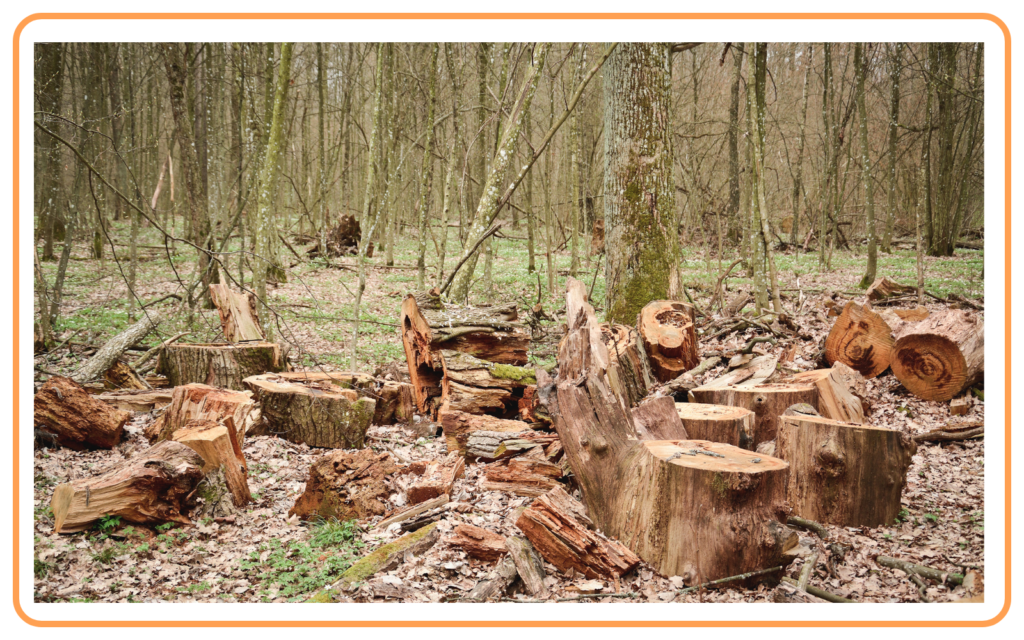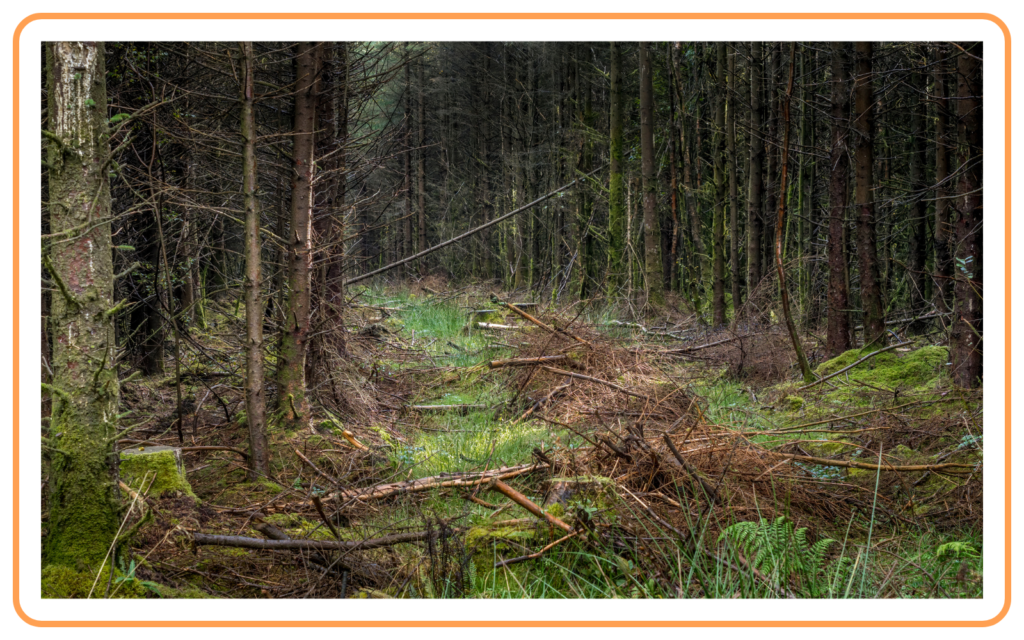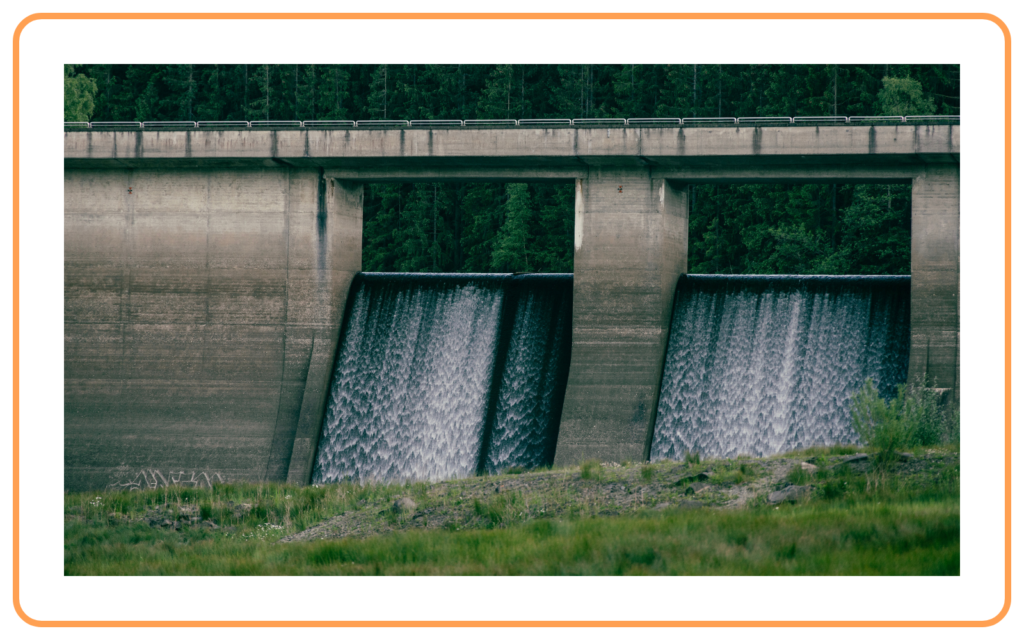An Overview Of Natural Resource ManagemenT
Key Notes:
Introduction to Natural Resources
- Natural resources are materials and components found in the natural environment that are used by humans for various purposes.
- Examples include water, land, forests, minerals, fossil fuels, and biodiversity.

- These resources are categorized into two types:
- Renewable Resources: Can be replenished naturally over time, like solar energy, wind energy, forests, and water.
- Non-Renewable Resources: Finite resources that cannot be regenerated at a sustainable rate, like coal, oil, and natural gas.
Importance of Natural Resources
- Essential for human survival: Resources such as water, air, food, and energy are fundamental to the survival and development of humans and other organisms.
- Economic development: Natural resources provide raw materials for industries, agriculture, and other sectors, driving economic growth.

- Ecosystem balance: Resources like forests, soil, and biodiversity play a crucial role in maintaining ecological balance, supporting wildlife, and regulating the climate.

Natural Resource Depletion and Overuse
- Overexploitation of natural resources occurs when they are used faster than they can regenerate, leading to resource depletion.
- Example: Overfishing, deforestation, and excessive mining.

- Climate change and pollution also contribute to the depletion and degradation of resources.

- Impact of depletion:
- Loss of biodiversity.
- Deterioration of soil quality, leading to desertification.
- Water shortages and pollution of water bodies.
Natural Resource Management (NRM)
- Natural Resource Management refers to the sustainable use and conservation of natural resources to meet present and future needs.

- It involves the planning, monitoring, and conservation of resources in ways that preserve their availability for future generations.
A. Goals of NRM:
- Sustainability: Ensuring resources are used in a way that meets the needs of the current generation without compromising the ability of future generations to meet their needs.
- Conservation: Protecting and preserving ecosystems and biodiversity.
- Efficiency: Maximizing the benefits of resource use while minimizing waste.
- Equity: Ensuring that all people have equal access to resources.
Approaches to Natural Resource Management
A. Sustainable Agriculture
- Sustainable agriculture focuses on practices that protect the environment, conserve water, and improve soil health.
- Examples: Organic farming, crop rotation, and water-efficient irrigation techniques.

- It seeks to reduce the reliance on chemical fertilizers and pesticides, which can degrade soil and pollute water resources.
B. Forest Management
- Forest management involves the careful planning and management of forest resources to maintain biodiversity, prevent deforestation, and ensure sustainable timber production.
- Examples: Selective logging, reforestation, and agroforestry.

C. Water Conservation and Management
- Water management focuses on the efficient use of water resources, as water is becoming a scarce resource in many parts of the world.
- Techniques include rainwater harvesting, water-efficient irrigation, and reducing water wastage.

- Water pollution control is also an essential part of water resource management.
D. Renewable Energy Resources
- The use of renewable energy sources, such as solar power, wind energy, and biomass, can help reduce reliance on non-renewable fossil fuels.

- These energy sources contribute to reducing carbon emissions and promoting sustainable energy practices.
Resource Conservation Techniques
A. Recycling and Reuse
- Recycling is the process of converting waste materials into reusable resources, helping reduce the need for extracting new raw materials.
- Example: Recycling of paper, plastics, and metals.

B. Energy Efficiency
- Using energy-efficient technologies in homes, industries, and transportation reduces the demand for energy resources and cuts down on pollution.
- Example: Using LED bulbs, electric vehicles, and energy-efficient appliances.

C. Afforestation and Reforestation
- Afforestation involves planting trees in areas that have not been previously forested, while reforestation is the replanting of trees in deforested areas.

- These activities help restore ecosystems, protect biodiversity, and enhance carbon sequestration.
Role of Government and Policies
- Governments play a crucial role in natural resource management through:
- Regulations: Implementing laws to prevent overuse and degradation of resources (e.g., pollution control, wildlife protection laws).
- Incentives: Offering subsidies for sustainable practices like renewable energy adoption, water conservation, and sustainable farming.
- International Cooperation: Collaboration with other nations to address global issues like climate change, biodiversity conservation, and resource depletion.

Challenges in Natural Resource Management
- Population Growth: As the global population increases, the demand for resources also rises, putting pressure on ecosystems.

- Technological Advancements: While technology can improve resource use, it can also lead to overexploitation if not properly managed (e.g., mining technologies).

- Political and Economic Factors: Political instability, economic inequalities, and lack of infrastructure can hinder effective resource management.

Conclusion
- The management of natural resources is crucial for ensuring the long-term sustainability of the planet and the well-being of future generations.
- Sustainable practices and conservation efforts are essential in maintaining a balance between development and environmental protection.
- Individuals, communities, governments, and industries must all work together to promote the responsible use and conservation of natural resources.
Let’s practice!

